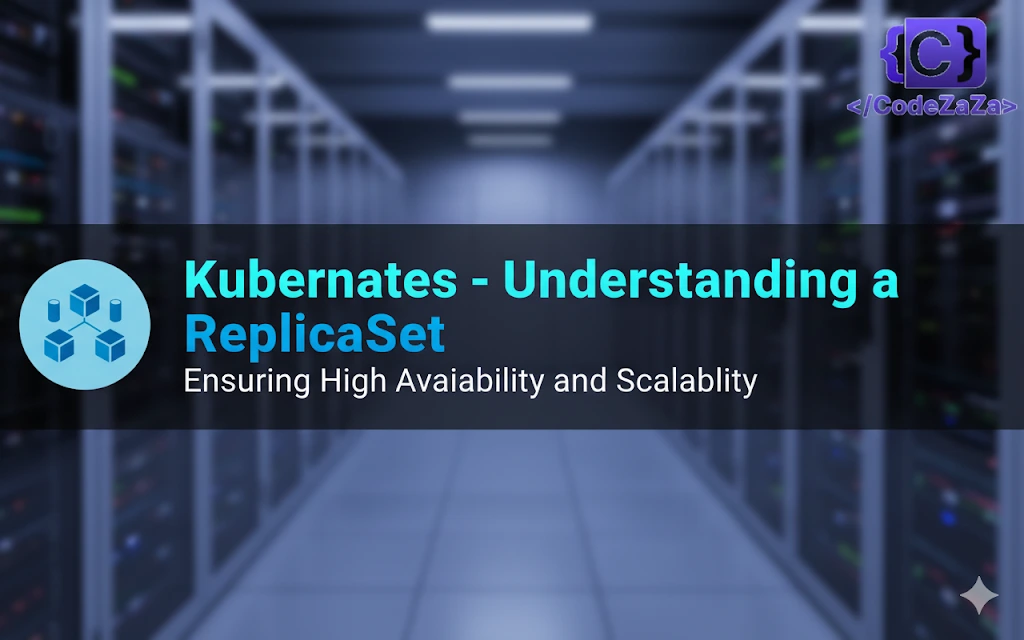
Kubernetes – Understanding a ReplicaSet
A ReplicaSet’s purpose is to maintain a stable set of replica Pods running at any given time. Usually, you define a Deployment and let that Deployment manage ReplicaSets automatically. A […]

A ReplicaSet’s purpose is to maintain a stable set of replica Pods running at any given time. Usually, you define a Deployment and let that Deployment manage ReplicaSets automatically. A […]
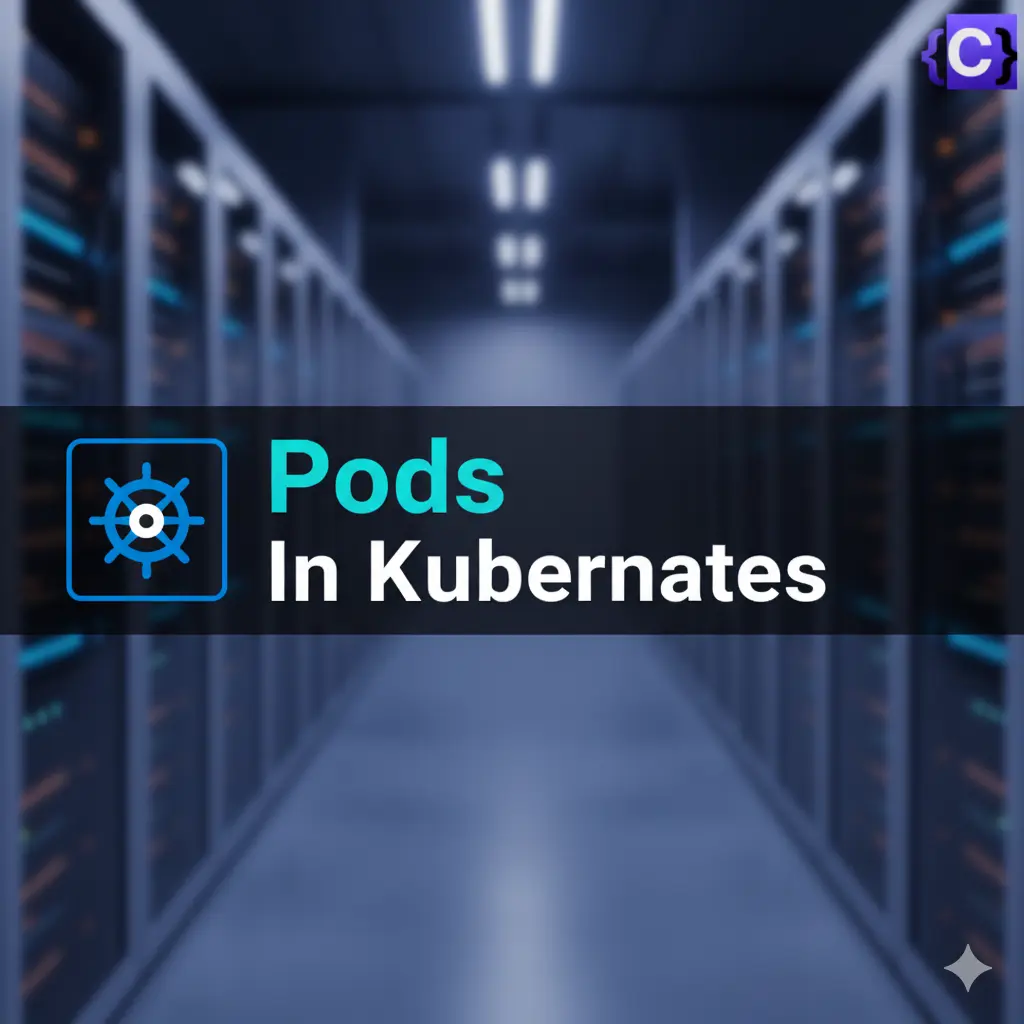
Pods are the smallest unit you can create and manage in Kubernetes. A Pod is like a pea pod or a group of whales—it contains one or more containers that […]
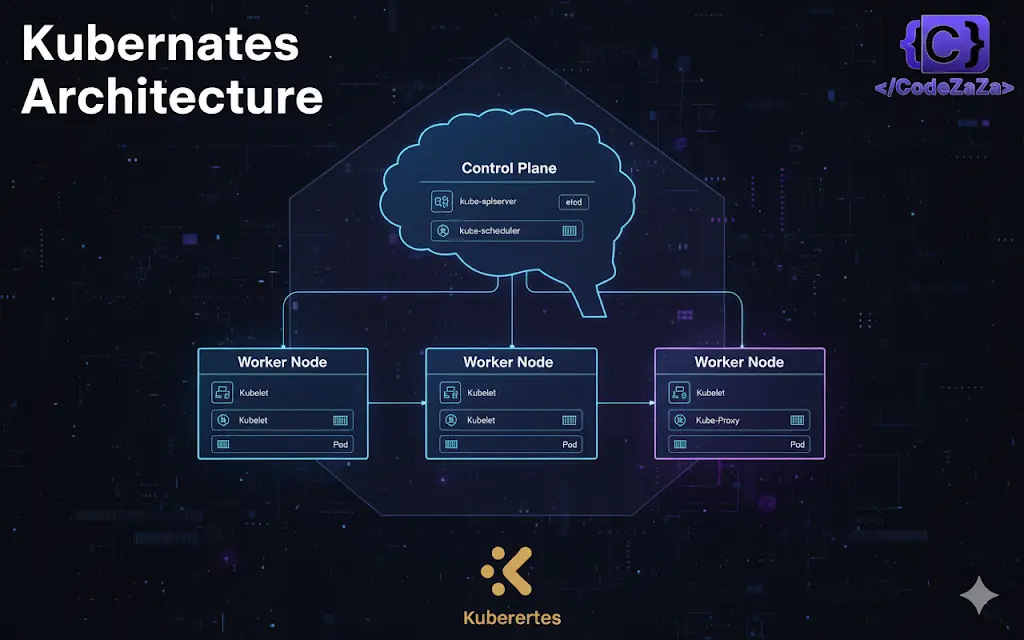
Kubernetes comes with a client-server architecture. It consists of master and worker nodes, with the master being installed on a single Linux system and the nodes on many Linux workstations. The […]
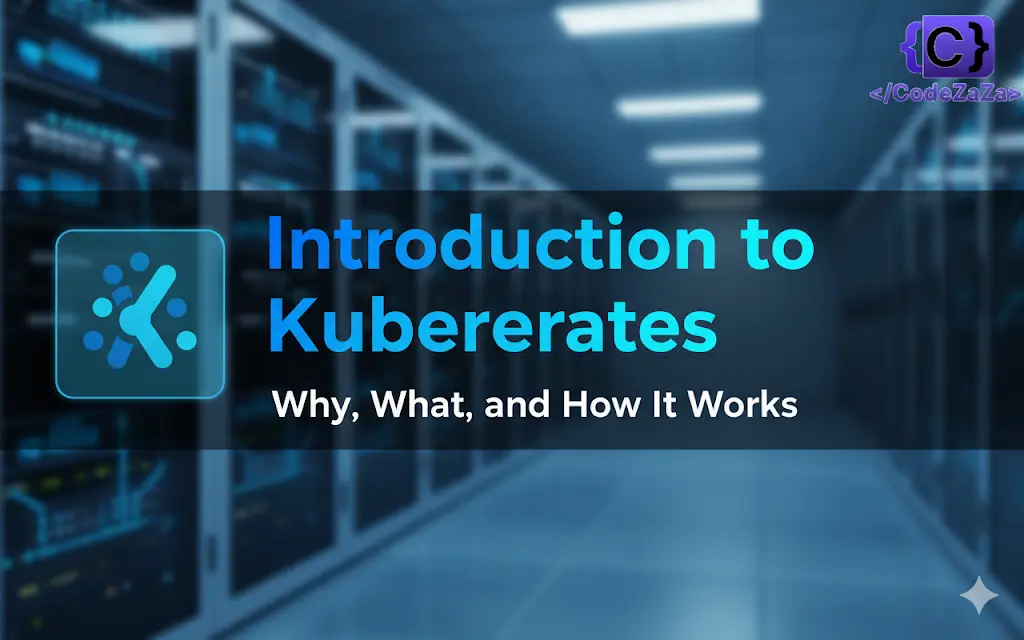
In this article, we provide an Introduction to Kubernetes: Why It Matters, What It Is, and How It Works, so beginners and DevOps enthusiasts can understand how it simplifies deploying […]
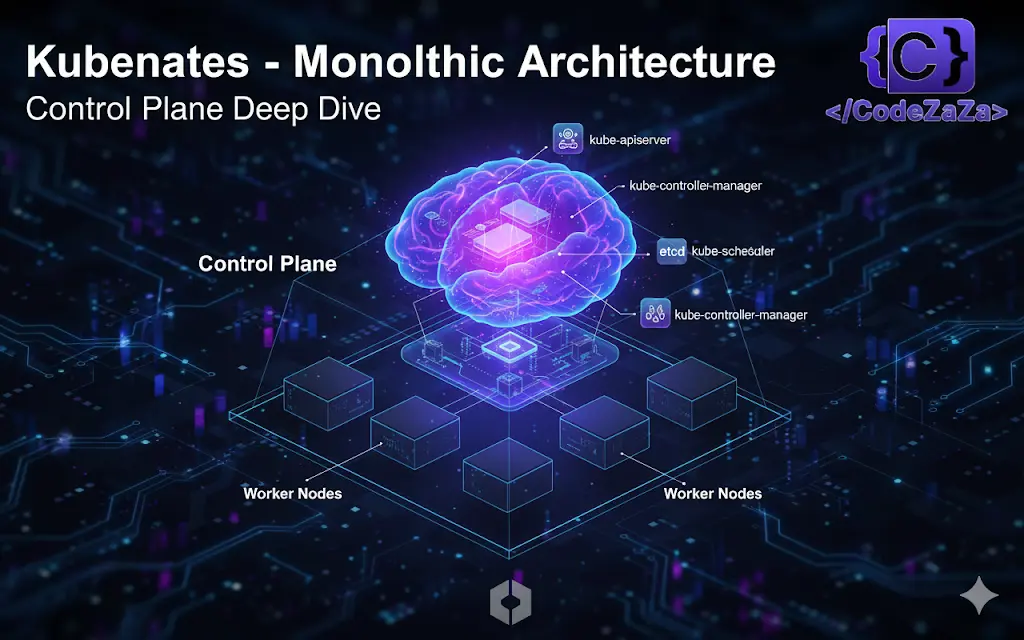
There is a new way of developing software apps using a microservices architecture. That’s when all the buzz around containers and container orchestration has increased but we have been developing […]
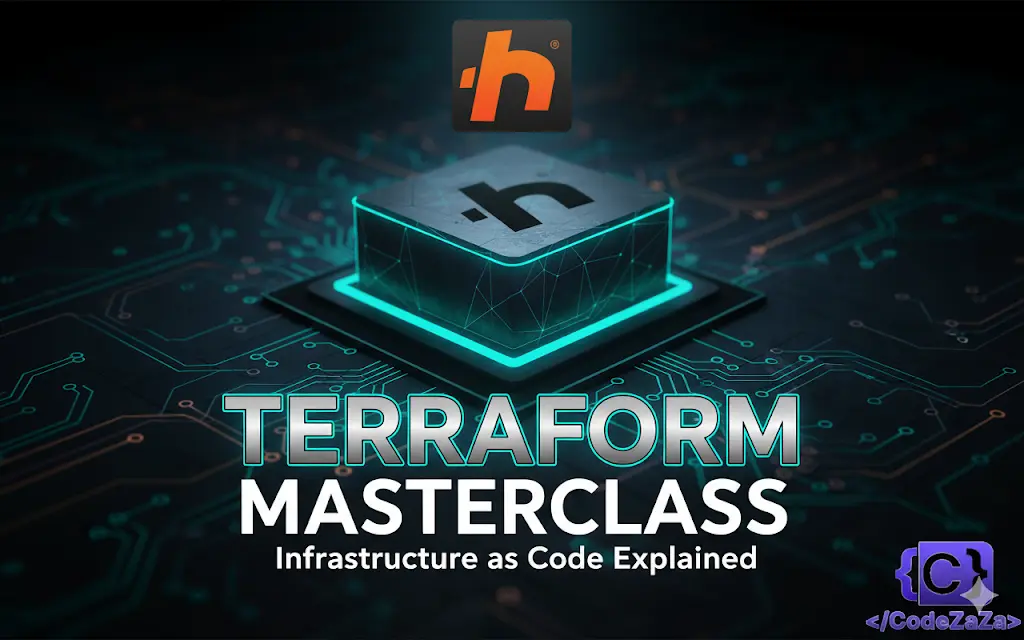
Infrastructure as Code (IaC) has completely changed the way teams manage and provision infrastructure. In the past, infrastructure management was manual, slow, and prone to human error, which caused inconsistencies […]
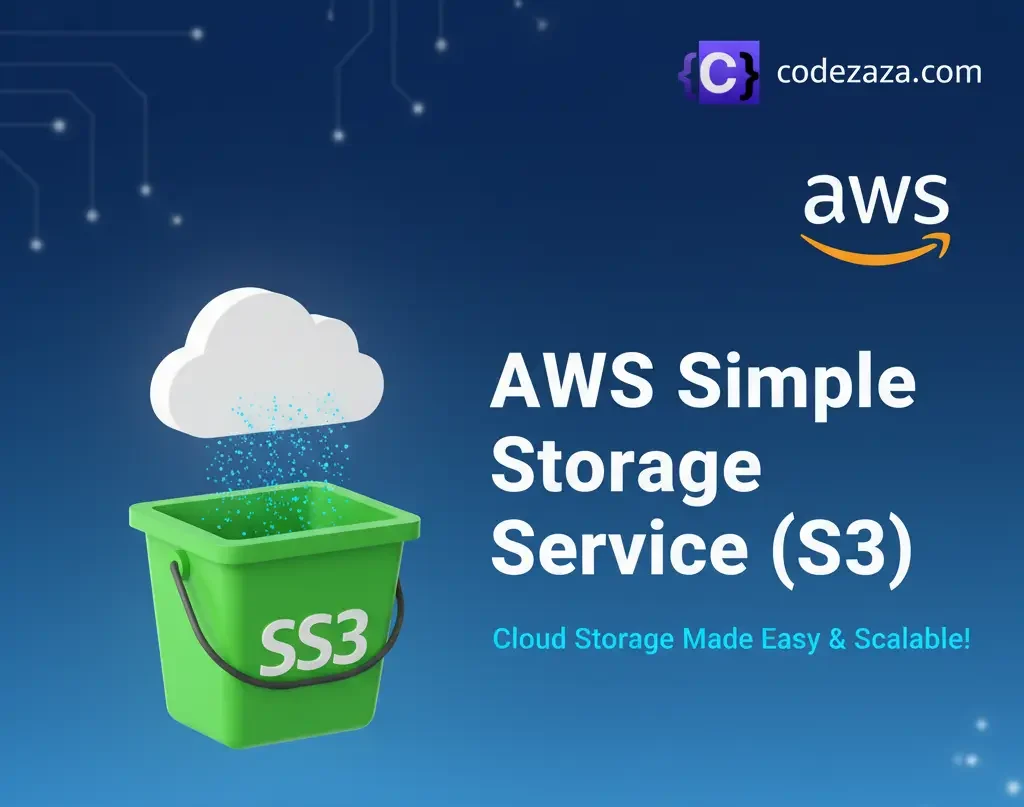
Amazon Simple Storage Service (Amazon S3) is an object storage service that offers industry-leading scalability, data availability, security, and performance. Companies of all sizes and industries can use Amazon S3 […]
Argo CD GitOps Blog Introduction to Argo CD: GitOps Continuous Delivery for Kubernetes Argo CD (short for Argo Continuous Delivery) helps teams manage Kubernetes deployments using Git repositories as the […]
Add Your Heading Text Here test Add Your Heading Text Here Add Your Heading Text Here Getting Started with Git: Strategy and Basic Commands Version control is the backbone of […]